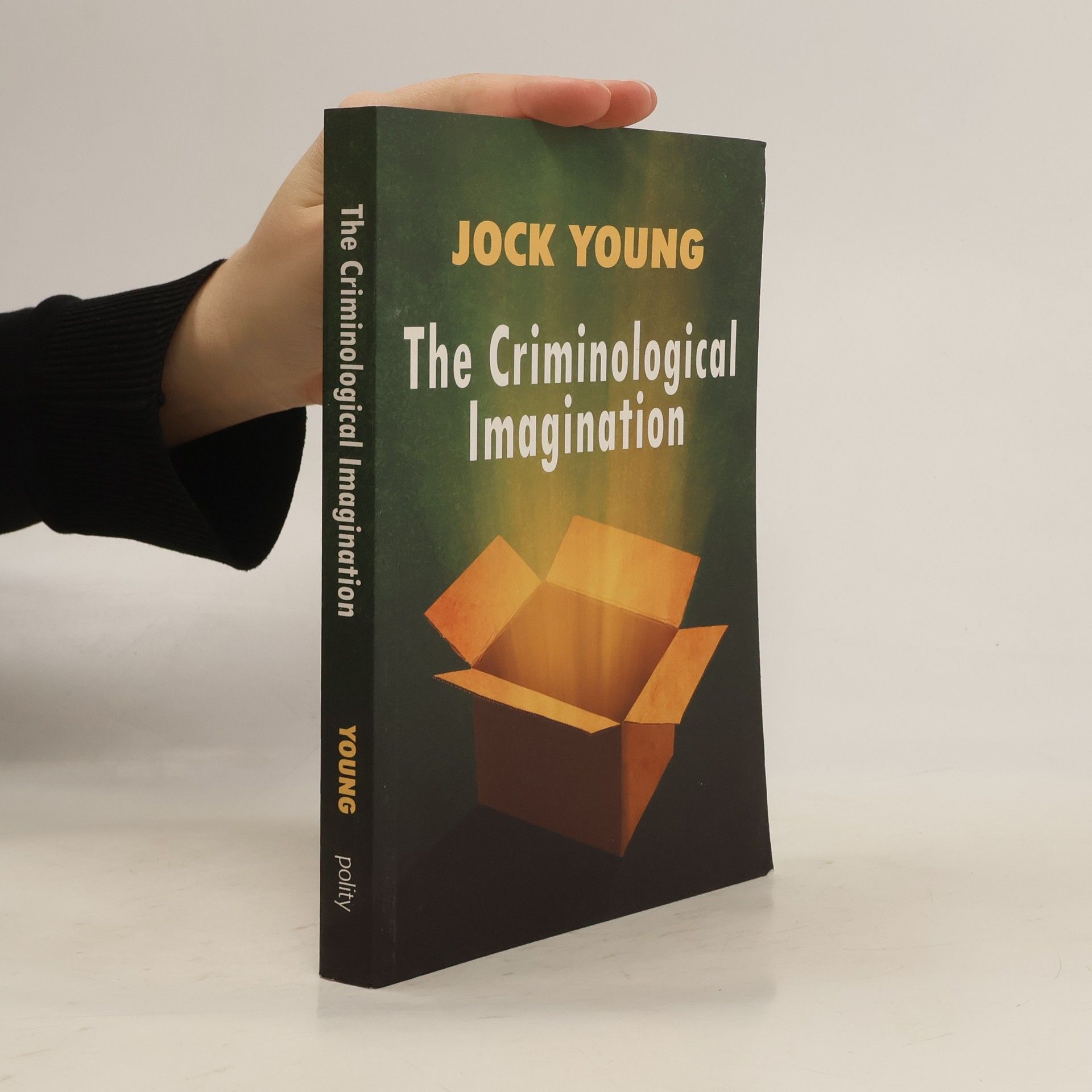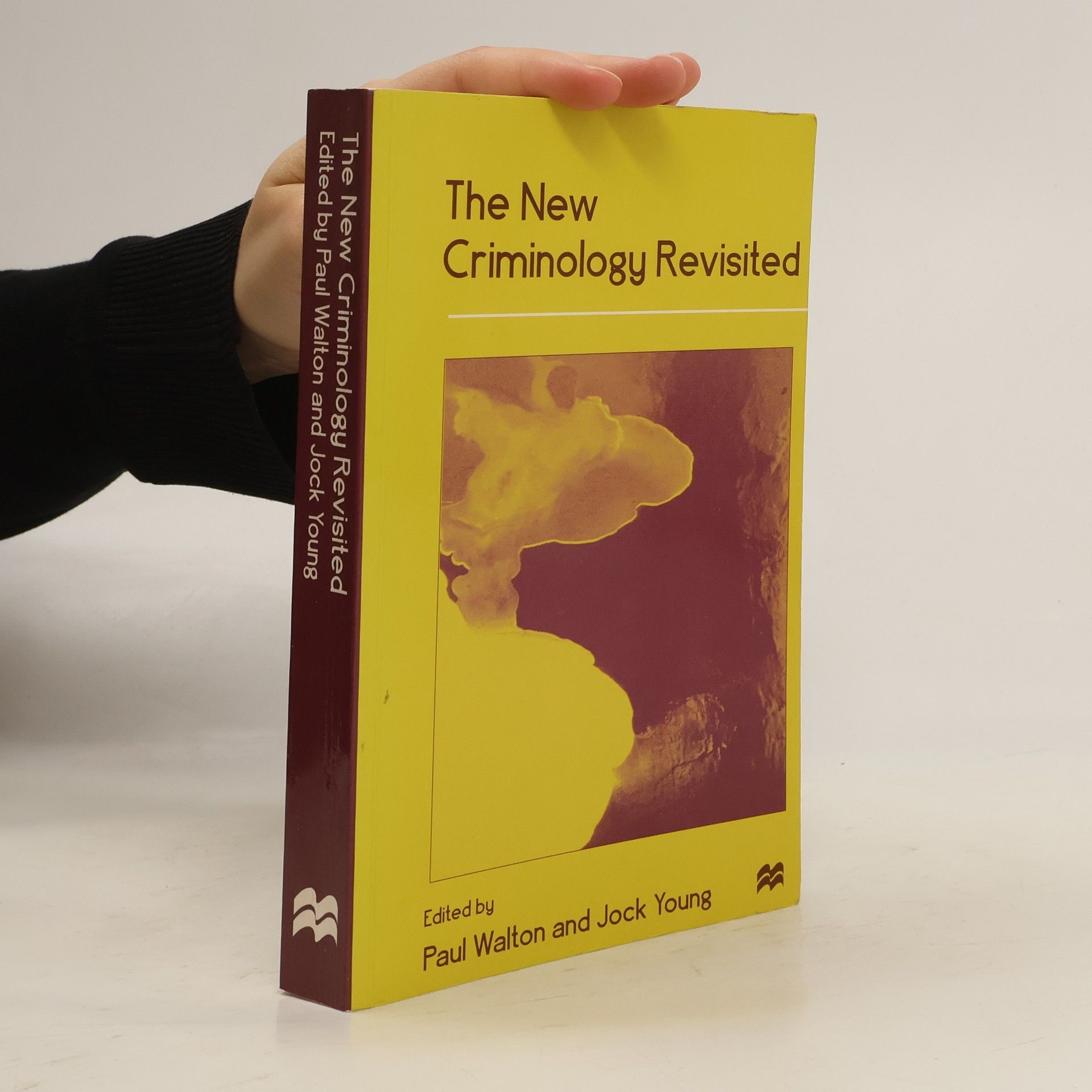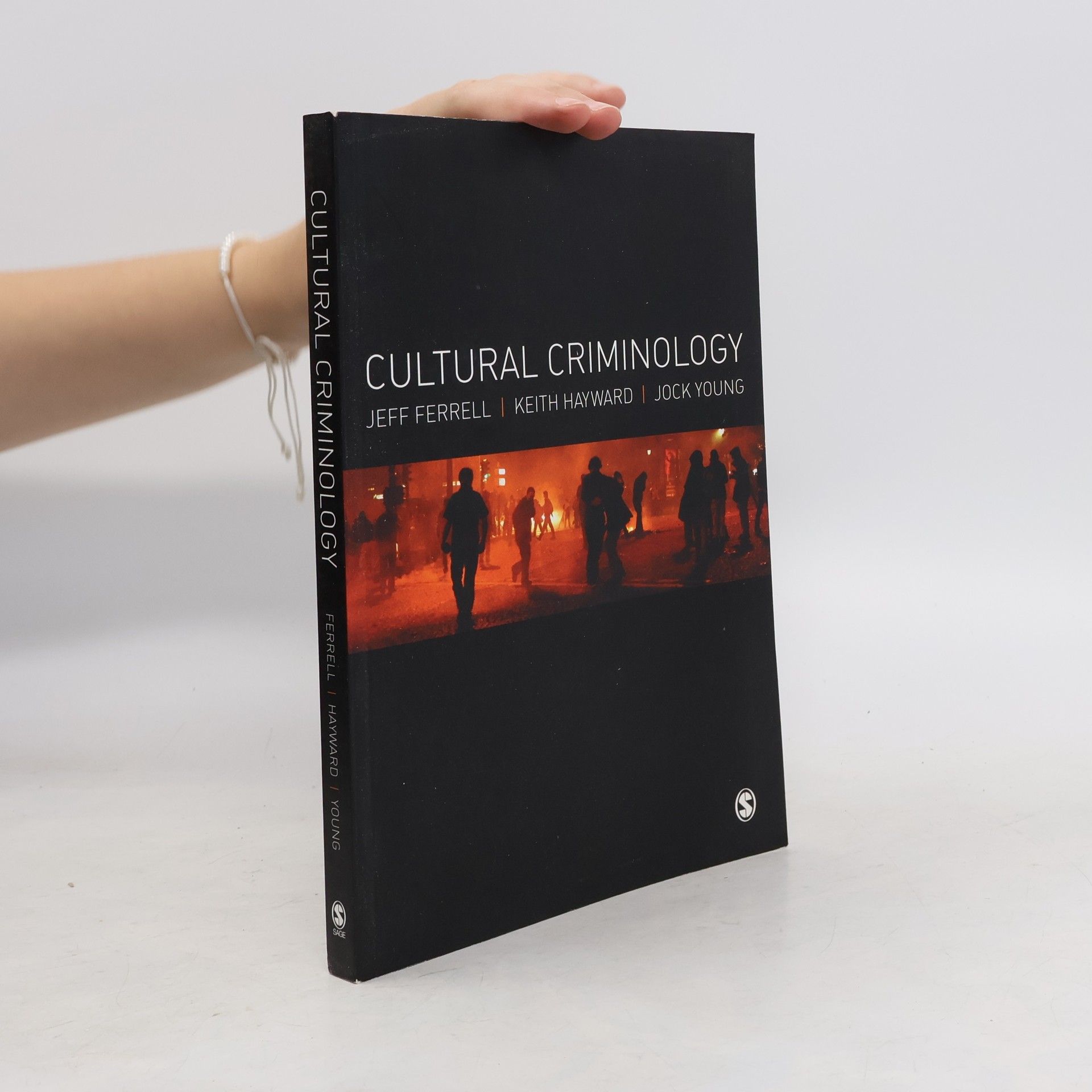Lively, innovative, engaging, and accessible, Cultural Criminology draws together the work of three of the leading international figures in the field today. The book traces the history, current configuration, methodological innovations and future trajectories of cultural criminology, mapping its terrain for students and academics interested in this exciting field. The book highlights and analyzes issues of representation, meaning, and politics in relation to crime and criminal justice, covering areas such as crime and the media, everyday life and everyday transgression, popular culture, consumerism, globalization, and social control.
Jock Young Livres




The New Criminology Revisited
- 316pages
- 12 heures de lecture
In 1973 The New Criminology was published and quickly established itself as a key textbook in criminology, casting a major influence over a generation of scholars. This volume, published twenty-five years later, traces the major developments in the field including feminism, postmodernism, critical criminology and realism.
In this highly acclaimed memoir the writer Jeff Young takes us on a journey through the Liverpool of his youth, down the back alleys and through arcades, through arcades and oyster bars into vanished tenements.
Rejects much of what criminology has become, criticizing the rigid determinism and rampant positivism that dominate the discipline today. This title draws on a range of research - from urban ethnography to sexology and criminal victimization studies - to illustrate its failings.